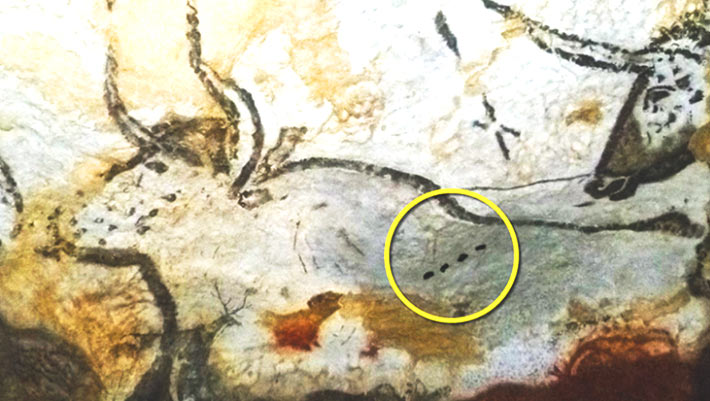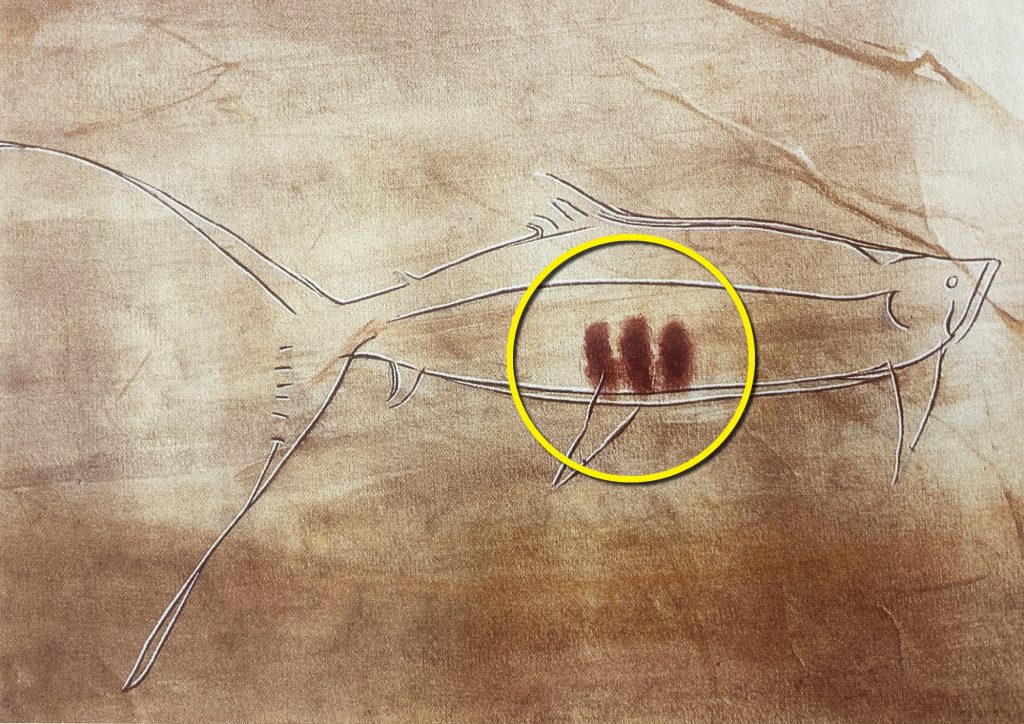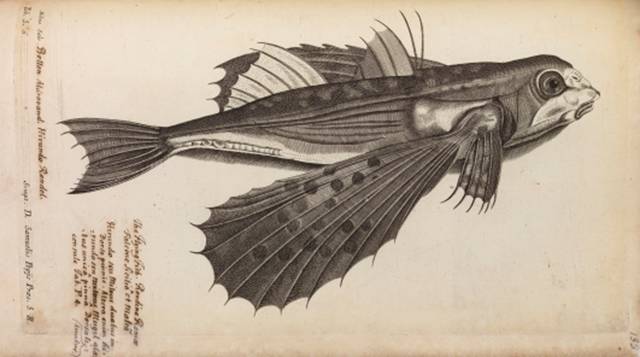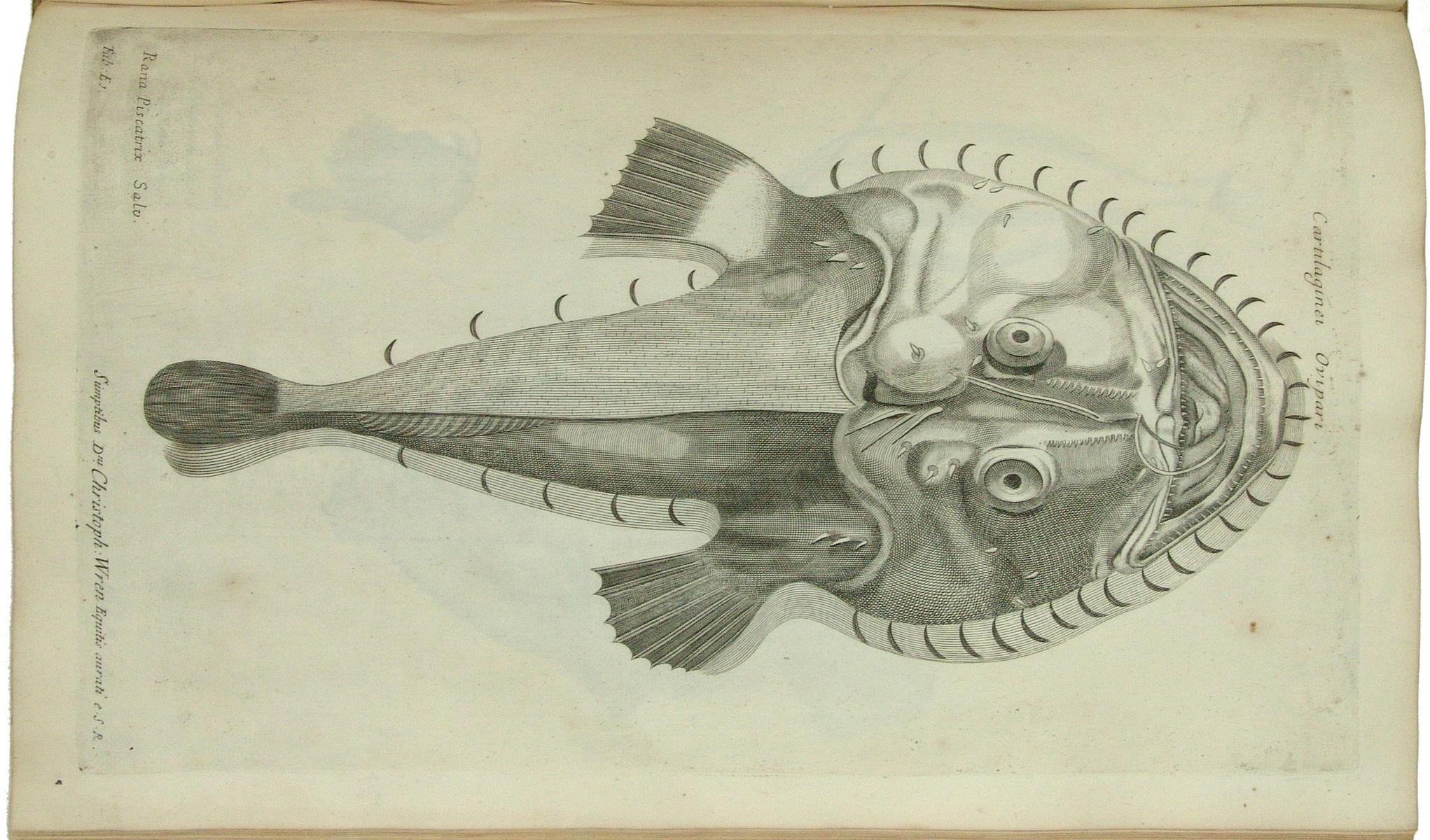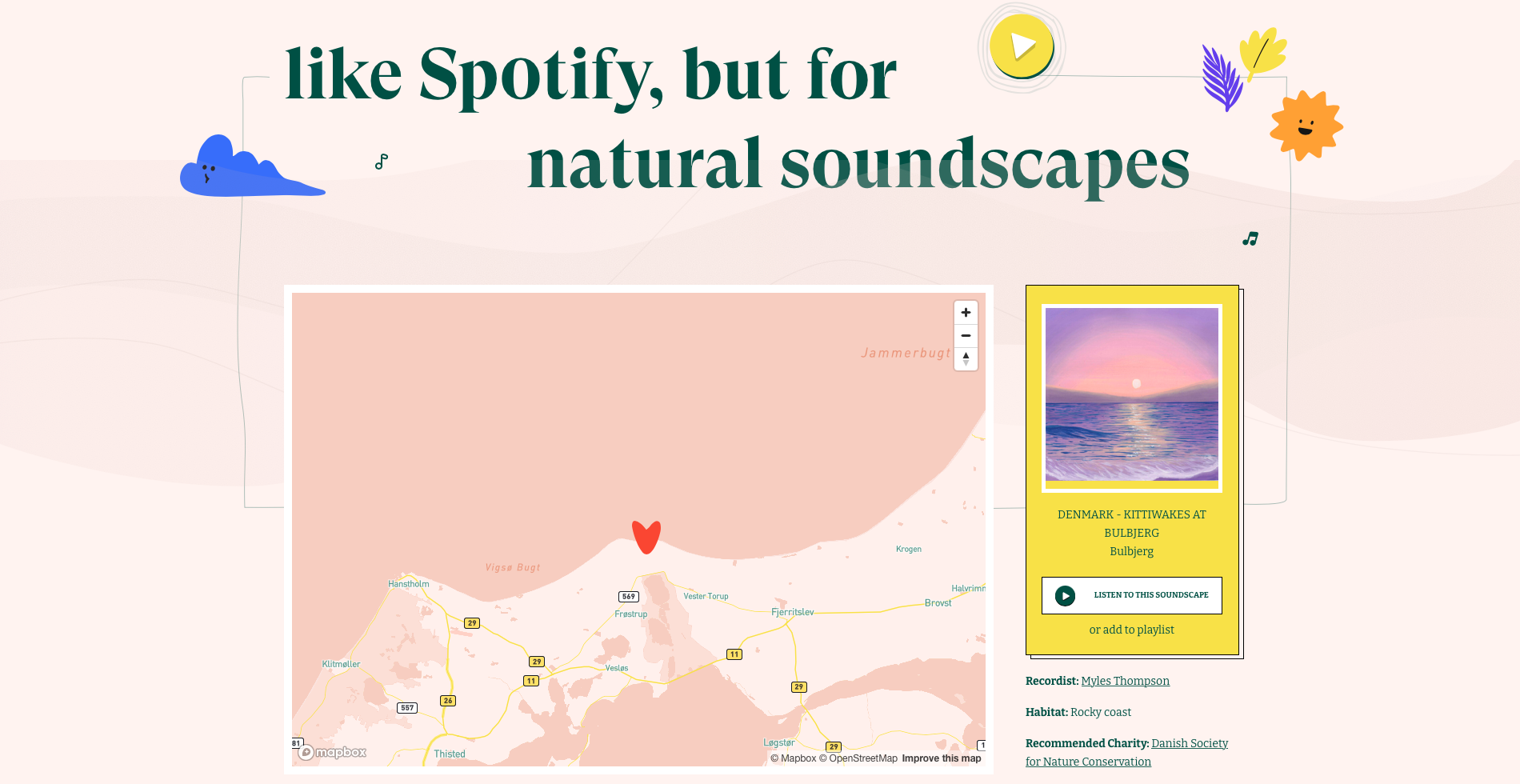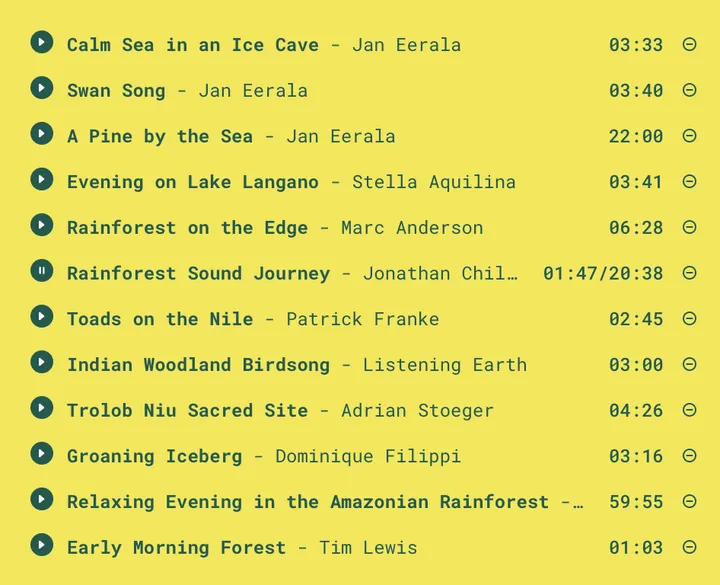Museums are the memory of our culture and they’re the memory of our planet. — Dr. Kirk Johnson, Director, Smithsonian National Museum of Natural History
For many of us natural history museums are emblematic of school field trips, or rainy day outings with (or as) children.
There’s always something to be gleaned from the reconstructed dinosaur skeletons, dazzling minerals, and 100-year-old specimens on display.
The educational prospects are even greater for research scientists.
The above entry in Business Insider’s Big Business series takes us behind the scenes of the Smithsonian Natural History Museum, a federally-funded institution where more than 99% of its vast collection is housed in the basement, on upper floors and employees-only wings of exhibition floors, or at an offsite facility in neighboring Maryland.
The latter is poised to provide safe space for more of these treasures as climate change-related flooding poses an increasingly dire threat. The museum’s National Mall location, which draws more than 6 million visitors annually, is now virtually at sea level, and Congress is moving at a pace formerly known as glacial to approve the expensive but necessary structural improvements that would safeguard these precious collections.
The museum currently boasts some 147 million specimens, and is continually adding more, by means of field collections, donations, and purchases made with endowments, though as a non-profit institution, it’s rarely able to outbid deep-pocketed private collectors at auctions of hot-ticket items like large dinosaur bones.
The Division of Birds’ daily mail brings samples of “snarge” — whatever’s left over when a bird makes impact with an aircraft.
Upon arrival at the Smithsonian, whatever its size or market value, every item is subjected to a process of inspection known as “accessioning”.
After that, it is meticulously cleaned.
Beetles in an offsite Osteo Prep Lab get to work on residual organic materials like skin and tissue.
Human experts use a handheld air scrape tool to incrementally separate fossils from the rocky matrix in which they were discovered
The goal is permanent storage state.
Geological specimens are classified according to Dana’s System of Mineralogy and stored in drawers. High-value items are assigned to the Blue Room or the Gem Vault.
Bones that are looking to spend the better part of eternity on a shelf are fitted for custom fiberglass and plastic cradles to protect against pests, moisture, and gravity-related stress fractures.
The Department of Entomology dries and pins incoming insects, arachnids, and myriapods, and stores them in hydraulic carriages.
Mammals, reptiles, fish and birds are stuffed or pickled in alcohol.
Many items in the museum’s collection date back to the early 20th century.
These days, staff strive to preserve as much as they can, using every tool and scientific advancement at their disposal. As ornithologist and feather identification specialist Carla Dove, states, “It’s our responsibility to do as much as we can with the specimen if we’re going to take it from the wild for research.”
These careful preparations ensure that the world’s largest natural history collection can continue to serve as a living library for thousands of visiting scientists…climate change permitting.
Access to the Museum of Natural History’s collections and databases result in the publication of hundreds of research papers and the identification of hundreds of new species every year.
In addition to providing valuable intelligence for research initiatives on such topics as disease transmission, volcanic activity, and of course, the effects of bird strikes on airplanes, museum staff is working toward a goal of preserving each item with a digital scan — 9 million and counting…
Related Content
The Smithsonian Design Museum Digitizes 200,000 Objects, Giving You Access to 3,000 Years of Design Innovation & History
The Smithsonian Puts 2.8 Million High-Res Images Online and Into the Public Domain
Smithsonian Digitizes & Lets You Download 40,000 Works of Asian and American Art
The Smithsonian Picks “101 Objects That Made America”
- Ayun Halliday is the Chief Primatologist of the East Village Inky zine and author, most recently, of Creative, Not Famous: The Small Potato Manifesto. Follow her @AyunHalliday.

